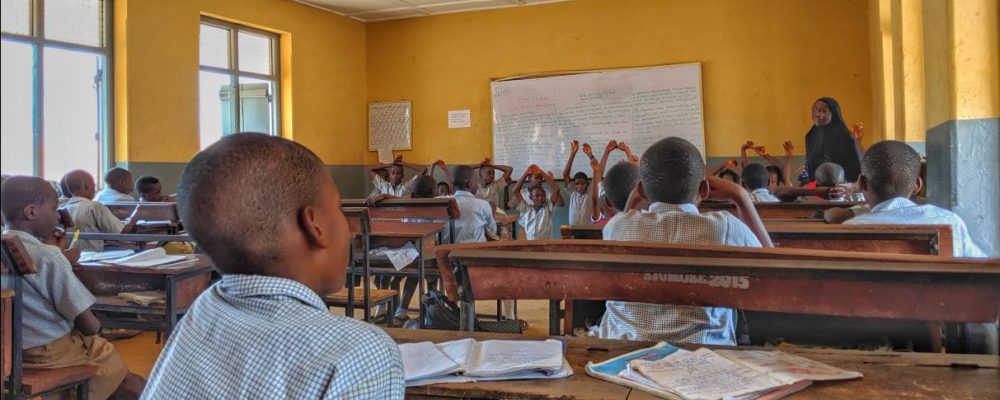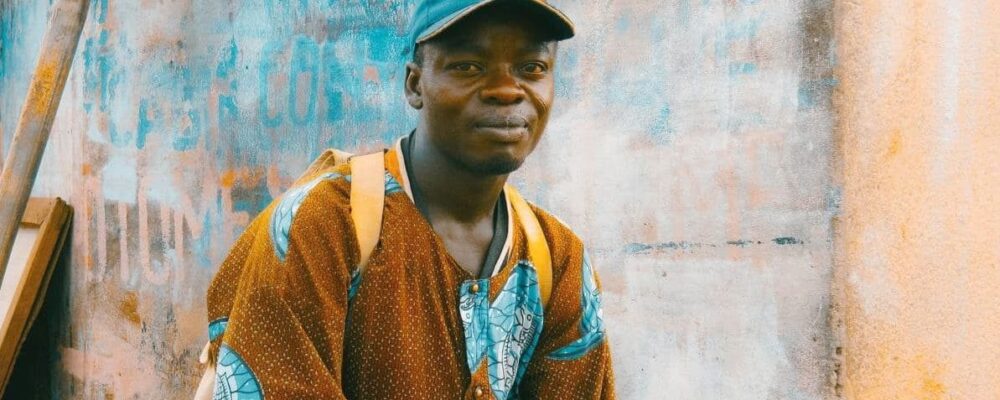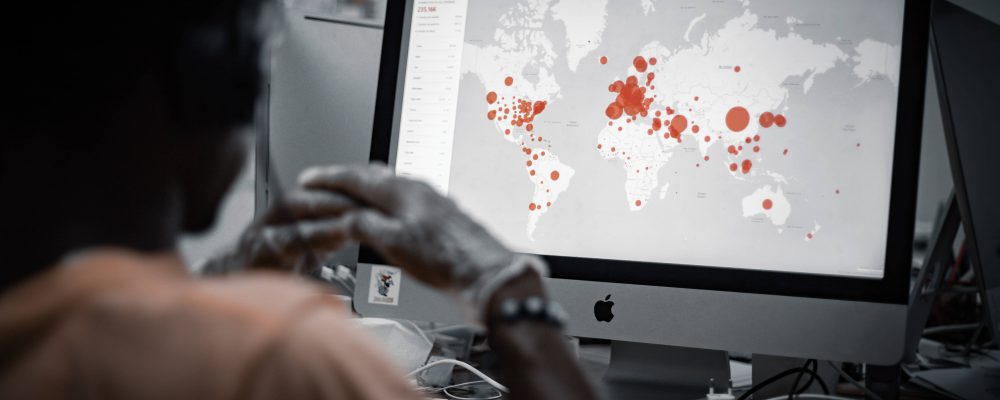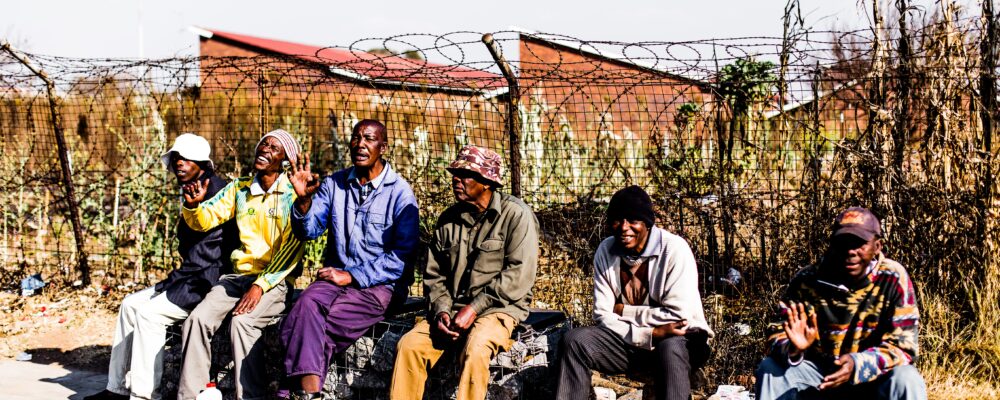Learning should continue beyond the limits of the classroom walls as one measure to reduce the magnitude of learning loss, estimated at 0.6 years by the World Bank by the end of the COVID-19 period. The projected learning loss margins may be worse off for over 617 million children and adolescents who were already below the minimum required proficiency levels in reading and mathematics by the time schools closed. This category is estimated to increase by 25% by the time schools re-open, thus calling for immediate and equitable actions to avert the looming crisis.
The government had not prepared for the long school closures witnessed since March. The immediate reaction was to strengthen remote learning – through radio, television, and other digital media such as the Kenya Education Cloud in Kenya. However, for children from marginalized and poor households, this is far from a relief, as they are more prone to lack of devices such as radios, television, and phones. In Turkana County, for instance, of the households surveyed by Zizi Afrique in May 2020, only 1 out of 10 owned a radio.
Similarly, a nationwide survey by Usawa Agenda, a member of the People’s Action for Learning (PAL) Network, revealed that access to digital learning was low and inequitable, with only 2 out of 10 learners’ surveyed accessing digital learning. Low parental awareness about remote learning, inequitable access to digital learning, and the ‘unpreparedness’ of public learning institutions to support digital learning were listed as key barriers to continued learning. In Mandera County, only 18% of the parents knew about remote learning. Learners in this and similar Counties are much more likely to fall further behind their peers when schools resume.
Amidst all these challenges, the school needs to find a new dwelling – within our homes and communities. This paves way for a new era in which learning, whose pivot is the parent, is more of a norm than an exception. Effort to provide quality learning experiences at home is paramount. We must invest to reduce barriers such as poverty, limited access to learning materials, and illiteracy, all of which affect learning. Parents, guardians, and peers should be empowered to steer the process of learning.
Since June, Zizi Afrique stepped up its programming efforts with a focus on supporting continued learning at the household. Learners enrolled in the program were followed up in their homes and provided with a study pack, comprising of a workbook and a set of readers. In addition, we collaborated with community radio stations to air 1-hour learning sessions, focused on literacy and numeracy. Community-based teacher assistants have continued to offer support to individual learners while engaging parents to develop household routines, with specific time set aside for learning.
We engaged with learners and parents over the past three months, during which we have witnessed remarkable transformation. Parents are stepping up and taking charge of learning by releasing their learners, attending some of the sessions as well as remunerating volunteers to conduct learning sessions. Below, we offer our reflections that may enrich the conversations around organizing equitable blended learning opportunities:
- Parents are willing and ready to avail their children to learn. Parents do not know what to do with children at home for such a long period. They are yearning for opportunities to have them engaged. Teacher assistants implementing the Accelerated Learning Program (ALP) have reported cases where parents have organized their learners in small groups, to be taught for one hour every day for 6 days in a week. ‘Parents in Abaganda are saying that the pressure of monitoring their children has reduced because they (children) are occupied,’ reported Fatuma, a teacher assistant in Abaganda.
- Tap on existing human resource. Teachers can support learning within their localities, just as the teacher assistants (TAs) under ALP have been instrumental in championing continued learning and individual learner support at the household. In one community in Tana Delta, a chief and his son have stepped up to support small groups of children in reading tasks.
- It calls for investment. Avail necessary inputs to make the strategy a success. The radio program, SMS, and a study pack (comprising of a workbook and assorted readers) were valuable enablers to the learning process. The workbook in particular, which was given to each child in the program, has contributed greatly to learners sparing time to tackle the exercises provided therein. Once every week, learners in Tana Delta tune in to an hour of radio learning session, linked to the workbook and readers provided. For successful and equitable blended learning, there needs to be investment to actualize learning, through provision of learning materials and other necessary inputs. Teachers could be availed with explicit strategies/activities to engage learners, what will be measured as well as to what extent parents should get involved.
- Blend learning solutions to sustain interest in learning. We have achieved consistent engagement with learners throughout the past 3 months due to a mix of initiatives that complement each other – the radio, print resources, and SMS-based learning. These resources entice learners to spare time daily and learn. The visits by teacher assistants to support the development of daily routines has inspired them to constantly engage.
With the challenge to re-imagine and ‘build back better’ education systems resilient to crises such as this, we must pull in the same direction in order to realize inclusion for the variety of groups served by our education systems. This period has spurred education innovations and presents an opportunity to evaluate how these can connect to form a stronger whole. As we do this, we need to retain an equity lens. Design solutions that are accessible and beneficial to all learners.
It is also an opportunity to empower communities to contribute in shaping education systems that work for their local contexts. The needs of the underserved populations, those with special needs, living in informal settlements, in areas affected by conflict, living in extreme poverty, living in arid and semi-arid (ASAL) regions, and those lagging behind in foundational skills matter as we build back better.







